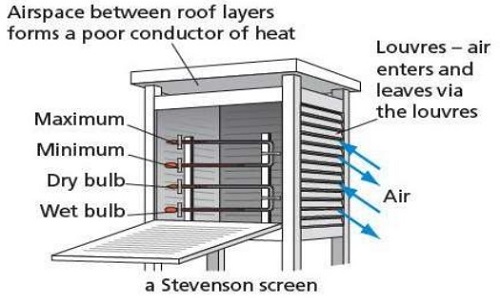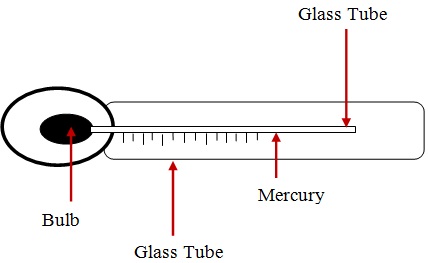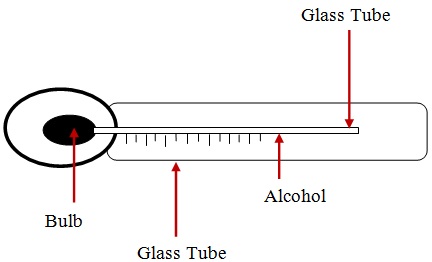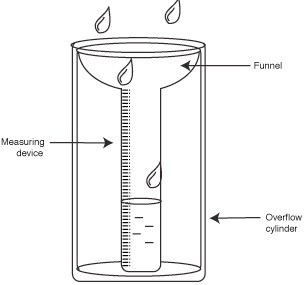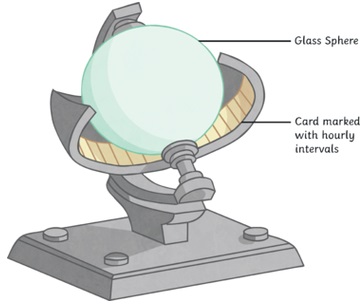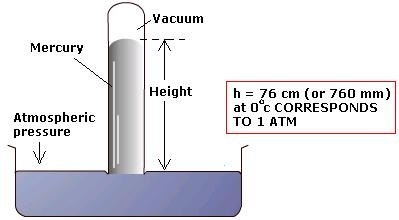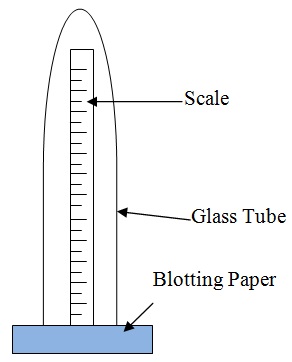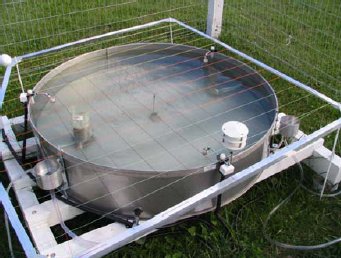Temperature
- These are the factors influencing temperature
1. Altitude
- Height above sea level.
- Temperature decreases with increase in height due to air at higher altitude being thinner and hence there is less particles e.g. gases, dust, smoke and water vapour to store heat so its rapidly lost to the outer space.
2. Latitude
- Distance from the equator.
- Temperature decreases with increase in latitude.
- Places neat equator experience high temperature due to the rays of the sun travelling a shorter distance facing less interference from atmospheric conditions hence more solar energy reaches the earths surface. Also the
rays of the sun strike the earth at right angles hence solar energy is concentrated over a small area.
- At higher latitudes the rays of the sun travel a longer distance facing more interference from atmospheric conditions hence less solar energy reaches the earth's surface. Also the rays of the sun strike the earth at an acute
angle hence solar energy is spread over a large area.
3. Aspect
- Direction of slope.
At higher latitudes slopes facing the equator have higher temperature because they face the sun while those facing the poles have lower temperature have lower temperature because they face away from the sun.
4. Winds
- Transfer heat from one place to another.
- When they blow from cool areas they take the cooling effect to the areas they blow over and when they blow from warm areas they take warming influence to the places they blow over.
5. Distance from a Large Water Body
- Areas near a large water body experience lower temperature during the hot season and higher temperature during the cool season due to sea breezes, warm and cold ocean currents and wind blowing over water which could be
either warmer or cooler than the adjacent land.
6. Cloud Cover
- Clouds reduce the amount of solar energy reaching the surface by absorbing, scattering and reflecting solar radiation.
- When there are clear skies during the day the temperature is higher due to the earth receiving maximum solar insolation.
- During clear nights there are very low temperatures due to a lot of terrestrial radiation being lost to the outer space.
- Cloudy nights on the other hand are warmer due to clouds radiating to the earth heat absorbed during the day.
7. Length of Day
- The longer the period of solar insolation the greater the quantity of radiation a place receives and hence the more the heat that will be generated by the earth and vice versa.
8. Solar Altitude
- At equinox when the earth is farthest from the sun the temperature on the earth is lower due to less solar radiation reaching the earth's surface due to
travelling a longer distance and hence facing great interference from atmospheric conditions.
- At solstices the earth receives more solar energy due to travelling a shorter distance and hence facing less interference from atmospheric conditions.
9. Solar Input
- Sometimes the sun gives out more heat due to reactions being violent causing temperature on the earth to be higher.
- When it gives out less heat the temperature on the earth is lower.
10. Surface Conditions
- Light surfaces e.g. smooth surfaces reflect sunlight and hence less solar energy reaches the earth's surface.
- Dark and irregular surfaces such as with vegetation absorb more heat leading to higher surface temperatures.
Humidity
Factors Influencing Humidity
1. Temperature
- Places with high temperature experience high humidity due to high evaporation and air having high capacity to hold moisture.
- Places with low temperature have low humidity due to low evaporation and air having low capacity to hold moisture.
2. Source of Moisture
- Areas near water bodies e.g. Kisumu and Mombasa experience high humidity due to evaporation of water from the water body.
- Places near thick vegetation also have high humidity due to evapotranspiration.
- Areas far away from water bodies such as the middle of deserts have low humidity.
- Areas receiving heavy rainfall also have high humidity.
3. Air Pressure
- There is high humidity at low altitudes because high pressure compresses air warming it increasing its capacity to hold moisture and also causes high evaporation.
- There is low pressure at high altitudes because air expands and cools thus reducing its capacity to hold moisture.
4. Latitude
- Low latitudes experience high humidity due to high temperatures resulting into high rates of evaporation and air having high capacity to hold moisture.
- High latitudes experience low humidity due to low temperatures resulting into low rates of evaporation and air having low capacity to hold moisture.
Significance of Humidity/Moisture
1. Affects rain formation in such as way that places with high humidity are likely to experience higher rainfall than those with low humidity.
2. Regulates the heat loss from the earth's surface by absorbing terrestrial radiation (process in which the earth gives off heat into the atmosphere).
3. It affects sensible temperature in that the higher the humidity the more we experience sensible temperature.
